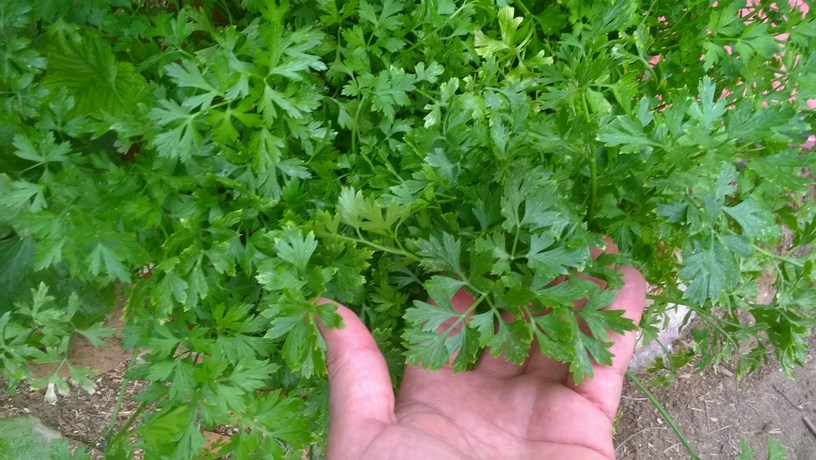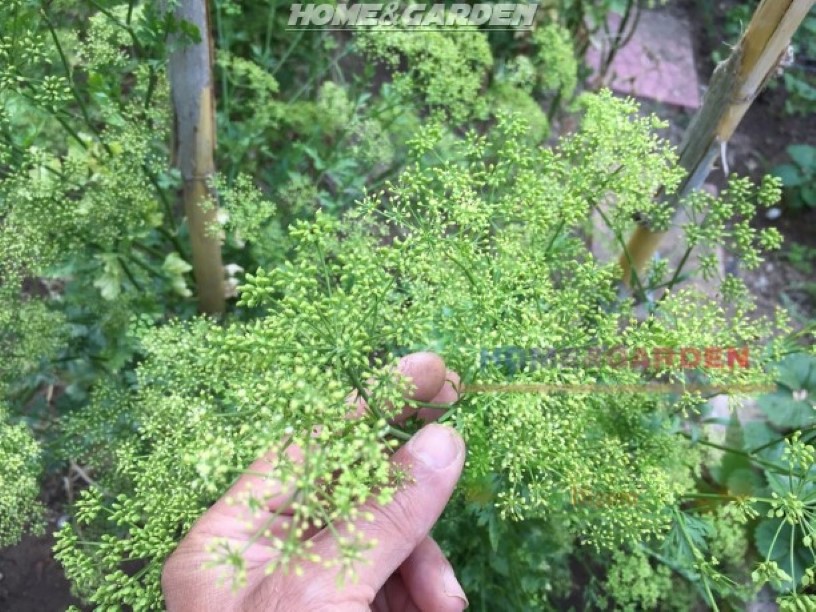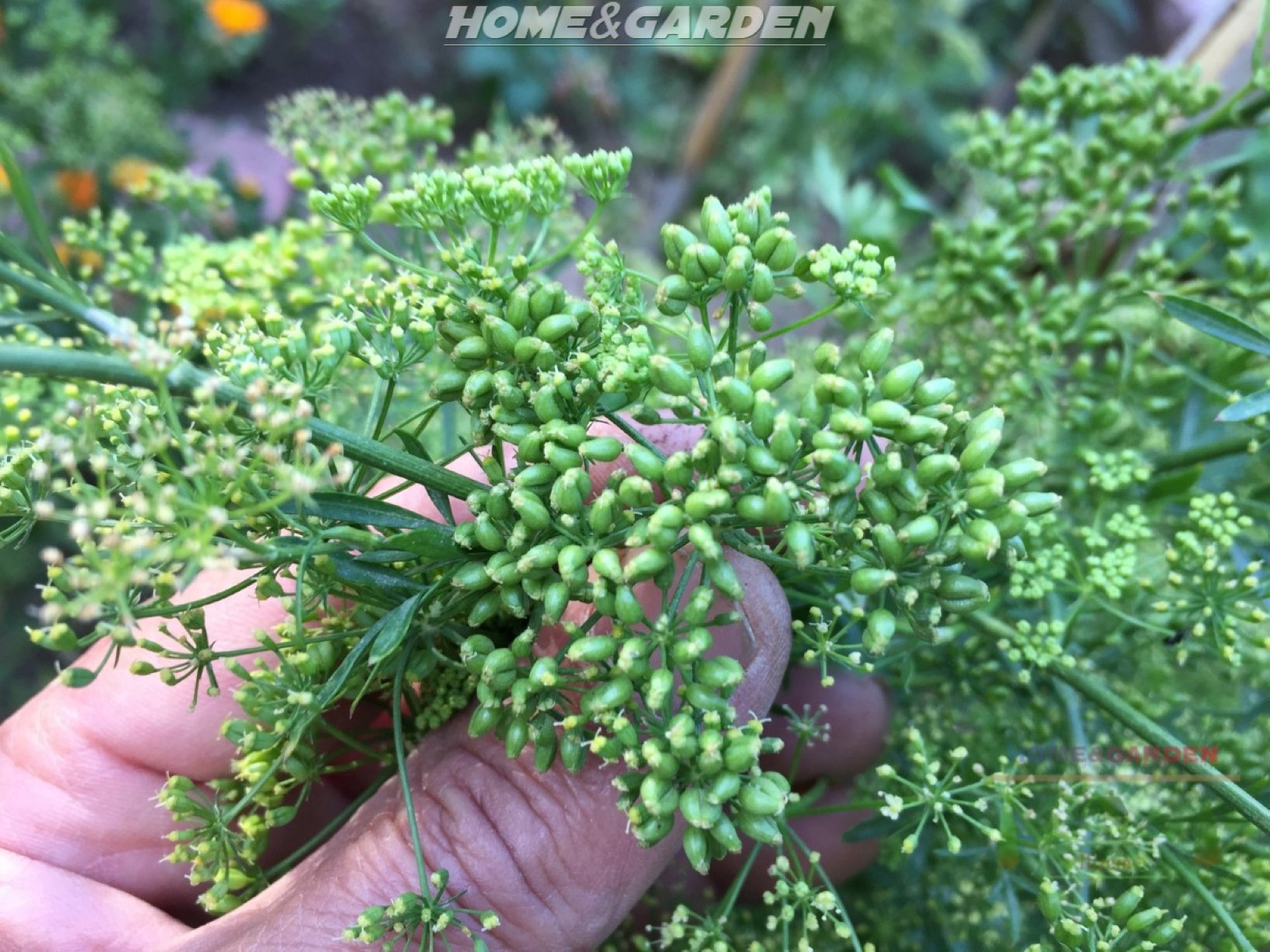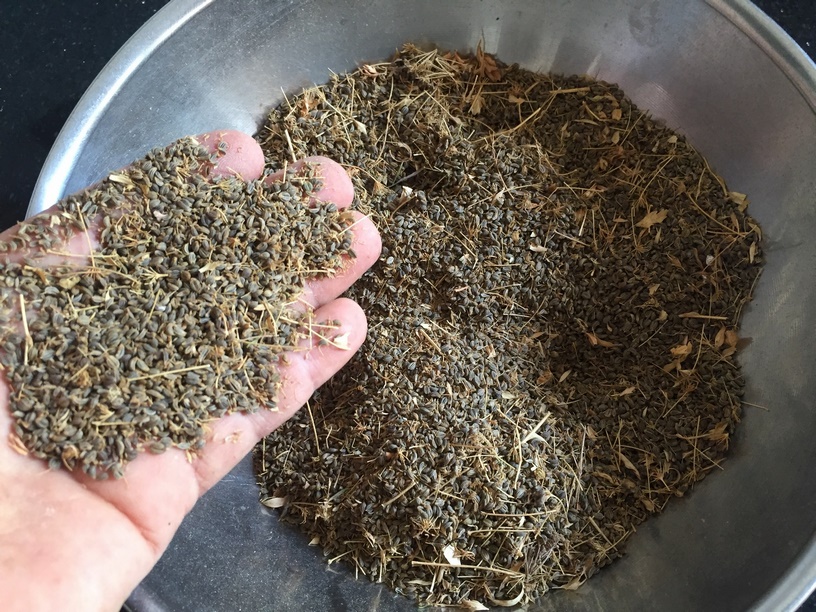P(caps)arsley (Petroselinum crispum) is a culinary and medicinal herb native to the Mediterranean. The leaves, stems, and seeds of the herb are used as a garnish or for flavoring food. Parsley is one of the most popular herbs used in cooking. Parsley is an impressive herb that may benefit your health. The first year parsley plant should be harvested for its leaves, while the second year the plant is generally harvested for its seeds.
Harvesting Parsley Seeds
Parsley is a plant with bright green, during the first year, it forms a rosette of tri-pinnate leaves 10-25 cm long with numerous 1-3 cm leaflets, and a taproot used as a food store over the winter.
In the second year it grows a flowering stem to 75 cm tall with sparser leaves and flat-topped 3-10 cm diameter umbels with numerous 2 mm diameter yellow to yellowish-green flowers.
To maximize your seed harvest, it is recommended that you remove imperfect or weak two-year-old plants at the end of the first season. In doing so, you ensure that only the healthiest plants can fertilize each other and produce good seed to collect.
When parsley plants finish flowering, the seed will emerge as a light or bright green color.
To harvest entire seed heads, wait until the majority of the seeds have turned dark brown.
If you harvest the seeds any earlier, they may not germinate well next growing season.
When seed heads have turned brown, the seeds are ready to be collected.Once the seed heads have darkened, they are ready to be harvested, you can simply remove them from the plant by cutting the stem right below the seed head. You can use scissors to do that, or just pinch the plant between your thumb and index finger to remove seed heads.
Parsley seeds will need to dry out before you can store them and use them later on. To dry the seeds, spread the seeds on newspaper and let them air-dry for about a week in a warm, dry location. Don't forget to turn and mix the seeds each day to prevent them from drying unevenly. Keep the seeds indoors as they dry. If you dry the seeds outdoors, birds or other insects will take them from you!
Once the seeds are completely dry, the best place to store them is in an airtight glass jar. You can use these dried seeds for the next growing season.
Eat More Parsley For Better Health
There are so many parsley health benefits, it’s surely worth eating it. Better still, grow parsley in your garden or on your windowsill and use this wonderful aromatic and unique green herb whenever you can in your meals. People who consume too much parsley may experience anemia or kidney problems. If you have diabetes, fluid retention, high blood pressure, or kidney disease you should talk to your doctor to see if consuming parsley is safe for you as it may cause side effects that can worsen your condition!
Watch How to Harvest Parsley Seeds Video
The advantages of harvesting your own seeds from your garden are so many. You are building up a collection of plants that grow well in your garden, you will save some money instead of buying seeds. You can share and swap with your friends and Neighbors, and enjoy the whole process of growing your own plants next season.

I hope these simple tips will help you to harvest and store your own seeds the correct way, and if you like it, you can share it with your friend
Happy organic gardening!
This web site is a participant in the Amazon Services LLC Associates Program, an affiliate advertising program designed to provide a means for sites to earn advertising fees by advertising and linking to amazon. Some of the links to products on this site are affiliate links. These are products that I've used or recommend based from homesteading experience. I do make a small commission (at no extra cost to you) from these sales.(alert-warning)




















